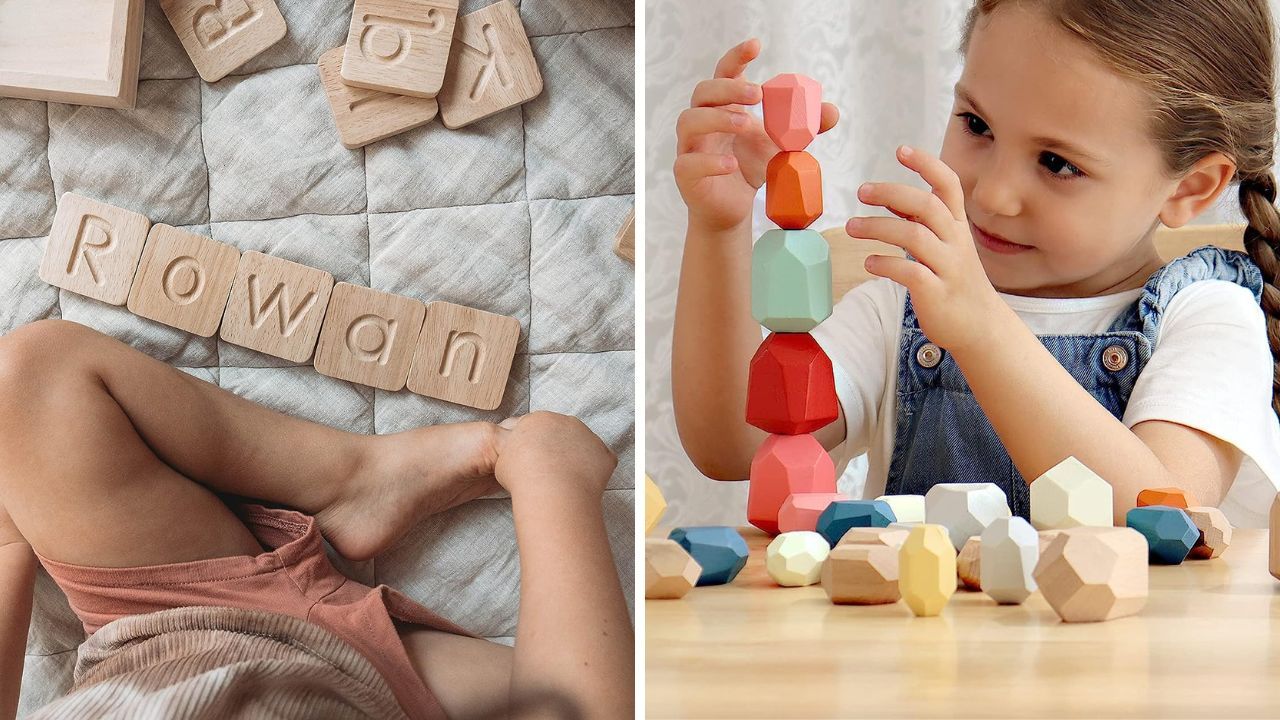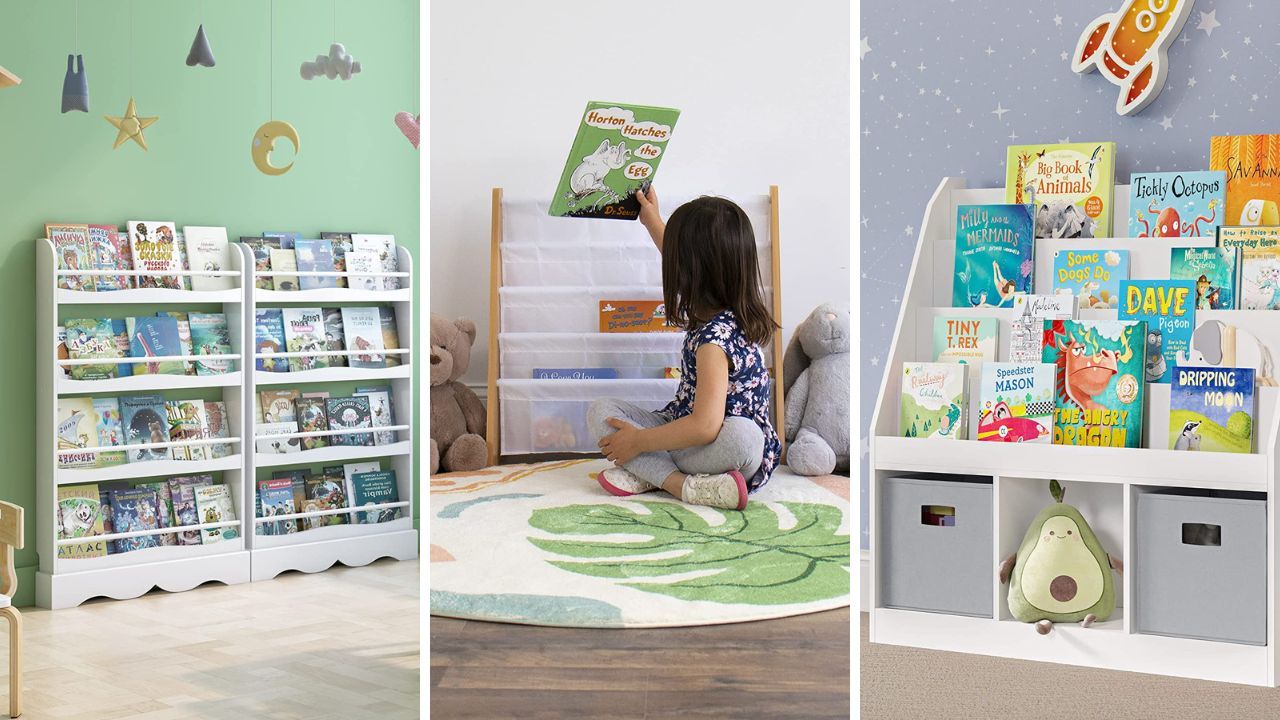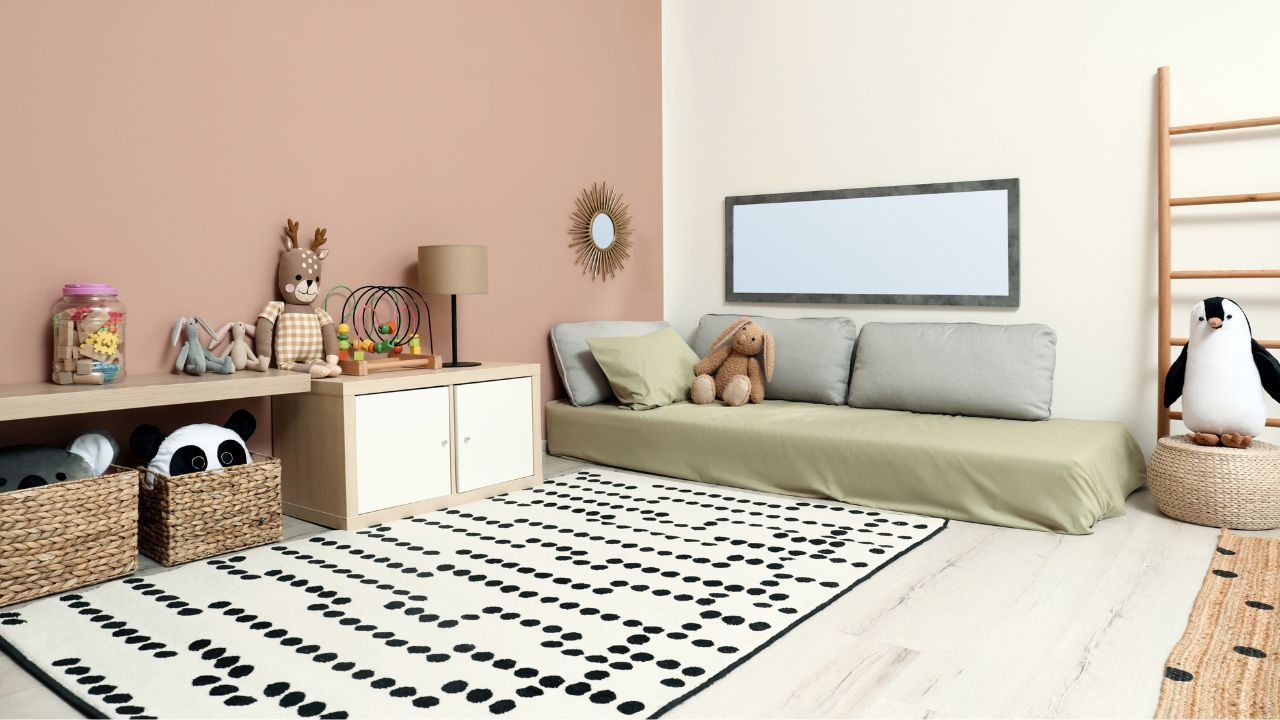
Unlock Deeper Play: How to Rotate Toys Montessori Style
Master the art of how to rotate toys Montessori style for a more engaging playtime. Find out how!
You've probably heard about the Montessori Method and its unique approach to children's learning and development.
It's an educational philosophy that encourages independence, respect for a child's natural psychological development, and learning through hands-on activities.
Structure and organization are fundamental principles in Maria Montessori's approach to creating an optimal learning environment. One key aspect of this methodology is the concept of toy rotation.
But what does this concept entail exactly?
Toy rotation in Montessori is a simple yet effective strategy where you change the toys available to your child on a regular basis.
It's not about having a mountain of other toys, but rather about carefully selecting and rotating them to keep your child's interest alive and encourage a deeper level of engagement.
Sound interesting? Let's begin!
The Principles of Montessori Toy Rotation
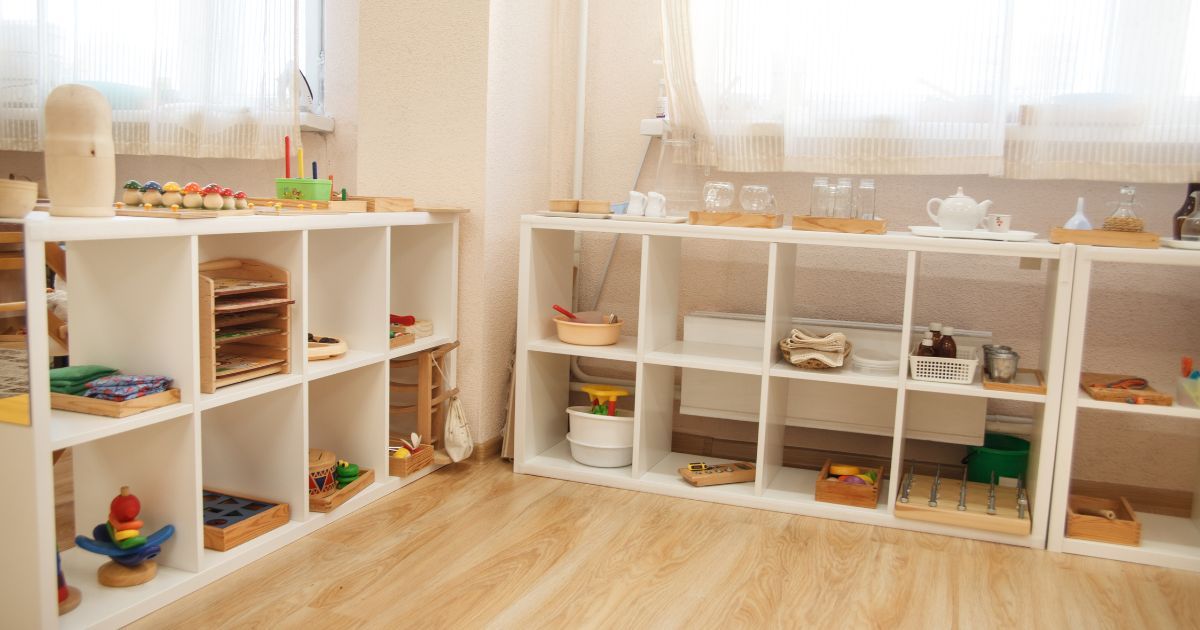
Montessori toy rotation is based on a few fundamental principles.
- First, less is more. The idea is not to overwhelm children with too many choices but to provide a select few that will engage their curiosity and stimulate their learning
- Secondly, it's all about respecting the child’s interests. Observing your child and understanding what they are currently fascinated by can guide you in selecting the most appropriate toys for rotation.
- Lastly, the principle of beauty and order. Montessori believed that a beautiful and well-ordered environment is more likely to stimulate learning. So when arranging toys, consider how inviting they look and how easy they are for your child to access.
Why Rotate Toys: The Benefits
You might be wondering, why go through the effort of rotating toys?
Well, science-backed data and real-world experiences from parents like you reveal numerous benefits!
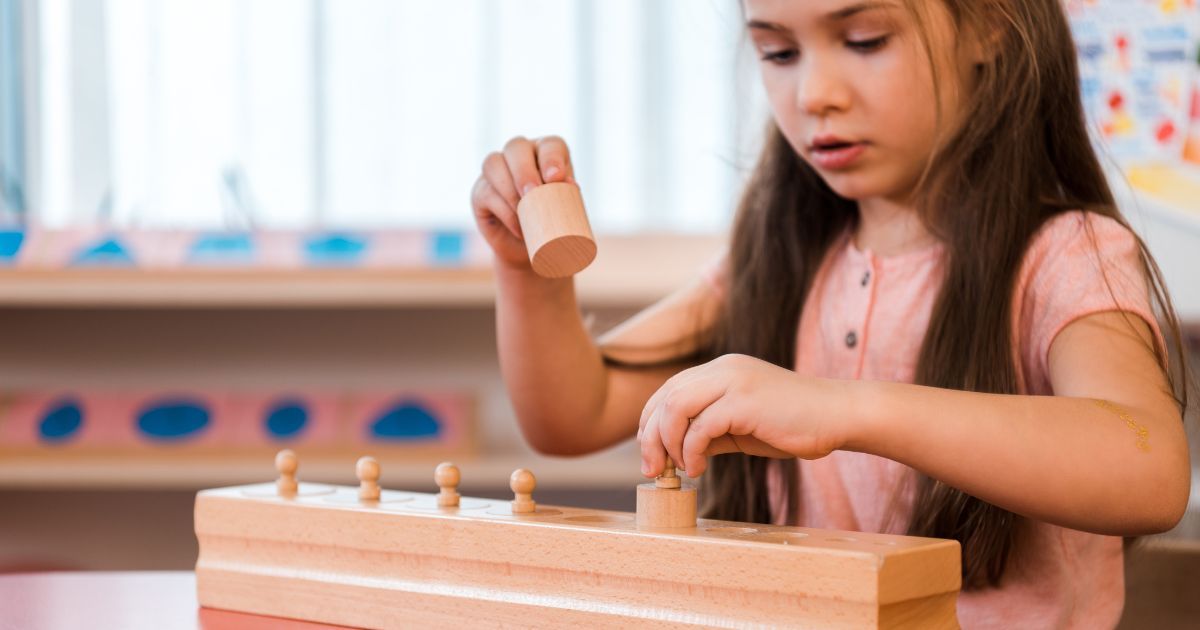
For starters, rotating the same toys keeps them fresh and exciting for your child. It's like they're getting new toys every so often! This can rekindle their interest and prolong the lifespan of each toy.
According to studies, toddlers play longer and more creatively with toys when they have fewer of them around.
Also, rotating toys can help develop a child's ability to play independently. It encourages children to make choices, solve problems, and discover new ways to use the same toy.
Getting Started with Montessori Toy Rotation
Looking to kick-start your Montessori toy rotation journey?
Let's dive into a step-by-step guide, packed with tips that will make the process as smooth as possible! Remember, the key is to observe your child's interests and needs closely.
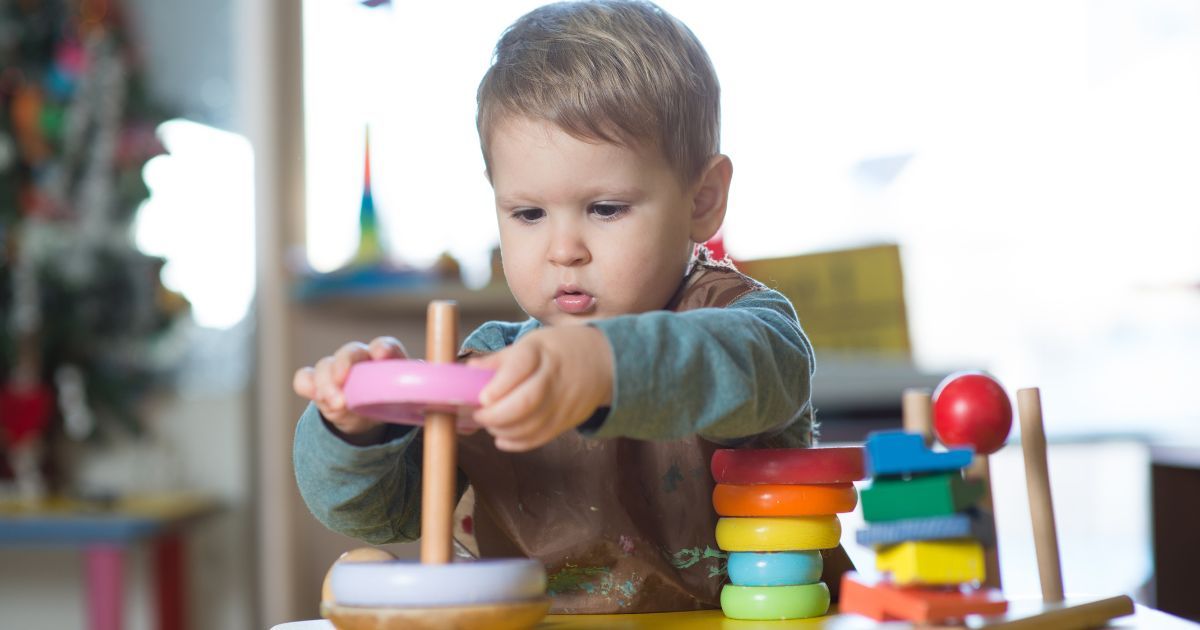
Step-by-step guide on how to start rotating toys
- Gather All Toys: Start by gathering all their toys in one place. This gives you a clear picture of what you have and what might be missing.
- Sort and Categorize: Divide the toys based on their type or the skills they help develop. For example, you may have categories like 'fine motor skills' or 'cognitive development'.
- Choose the Toys: Based on your child's current interests and developmental needs, select a few toys from each category.
- Set Up the Environment: Arrange a space where your child can easily access the chosen toys. Keep it organized and inviting.
- Observe and Adjust: Watch how your child interacts with the toys. If they seem uninterested in some, replace them with others from your reserve.
Importance of observing your child's interests and needs
Observation is an integral part of the Montessori approach. By watching your child play, you can understand their interests and developmental needs.
This allows you to select toys that will engage them and support their growth. Always remember, each child is unique and what works for one might not work for another!
How Many Toys? Striking the Balance
Finding the perfect balance in the number of toys for rotation can feel like a tightrope walk.
You want to provide variety, but you also don't want to overwhelm your child. So, what's the magic number?
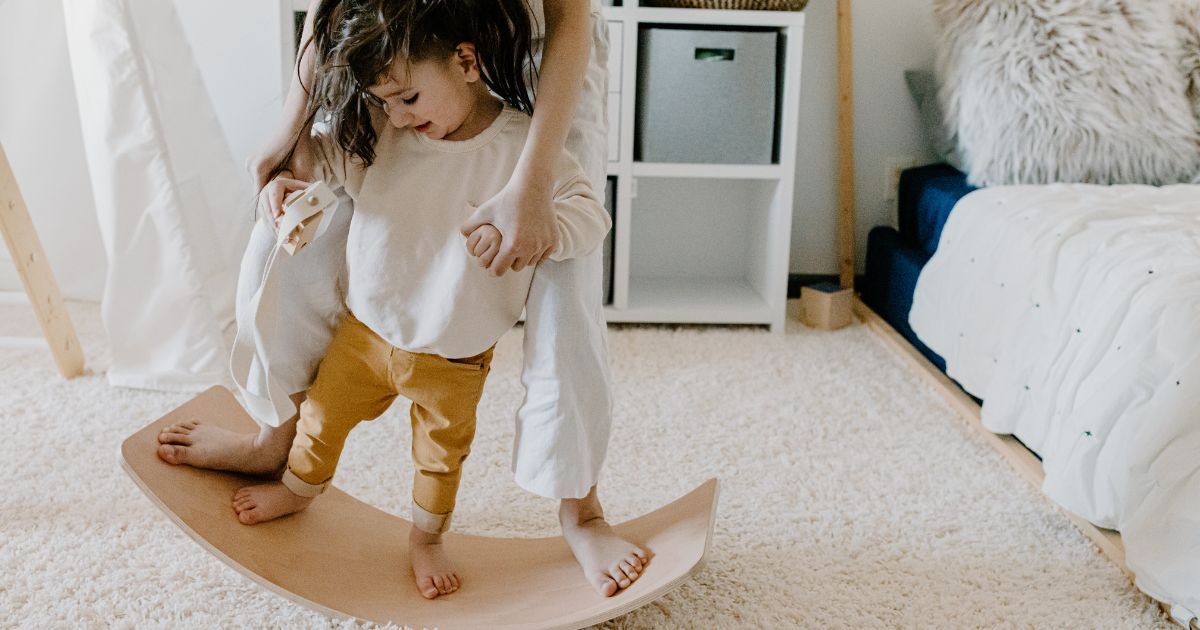
The Optimal Number of Toys for Rotation
This number offers enough variety to keep your child engaged, while also limiting distractions.
Remember, it's not about the quantity, but the quality of play each toy provides. Fewer toys can lead to greater focus and more creative play.
Categorizing Toys for Rotation
To ensure a well-rounded play experience, divide the toys into different categories based on the skills they help develop.
For example, you could have categories like 'fine motor skills', puzzles for 'problem-solving', blocks for 'spatial awareness' and 'imagination', or art supplies for 'creativity'.
Try to limit each category to 2-3 toys per day. This way, you're providing a variety of play experiences without overwhelming your child with too many options.
Avoiding Overload
While toy rotation is a fantastic tool, it's not an excuse for keeping too many toys. If you find your toy box growing uncontrollably, it might be time for a declutter.
Keeping the toy collection manageable will make the rotation process easier and more effective.
How Often to Rotate: Finding Your Rhythm
Now, let's talk about frequency. How often should you rotate toys?
Several factors can influence how often you rotate toys, including:
- Your child's interest level: If your child loses interest quickly, you might need to rotate more frequently.
- The complexity of the toy: More complex toys might hold your child's interest for longer periods.
- Your child's age: Younger children might need more frequent rotations to keep up with their rapidly changing development.
Remember, toy rotation isn't a strict regimen, but a flexible strategy to keep playtime fresh and engaging while supporting your child's development. Happy rotating!
Montessori Toy Rotation: Do’s and Don’ts
Now that you've got a handle on the basics, let's look at some do's and don'ts to help you succeed in your toy rotation journey:
Do's:
- Observe Your Child: Pay attention to their interests and which toys they are drawn to. This will guide your toy selection.
- Keep it Simple: Start with a small number of toys and gradually increase as you get comfortable with the process.
- Involve Your Child: As they grow older, involve them in the rotation process. It can be an exciting event for them!
Don'ts:
- Don’t Overwhelm: Avoid having too many toys out at once. It can lead to overstimulation and less focused play.
- Don’t Rush: There's no fixed timeline for toy rotation. Observe your child and rotate based on their interest level.
- Don’t Stress: Remember, toy rotation is supposed to be fun for both you and your child. If it becomes stressful, take a step back and simplify.
Montessori Toy Storage Solutions
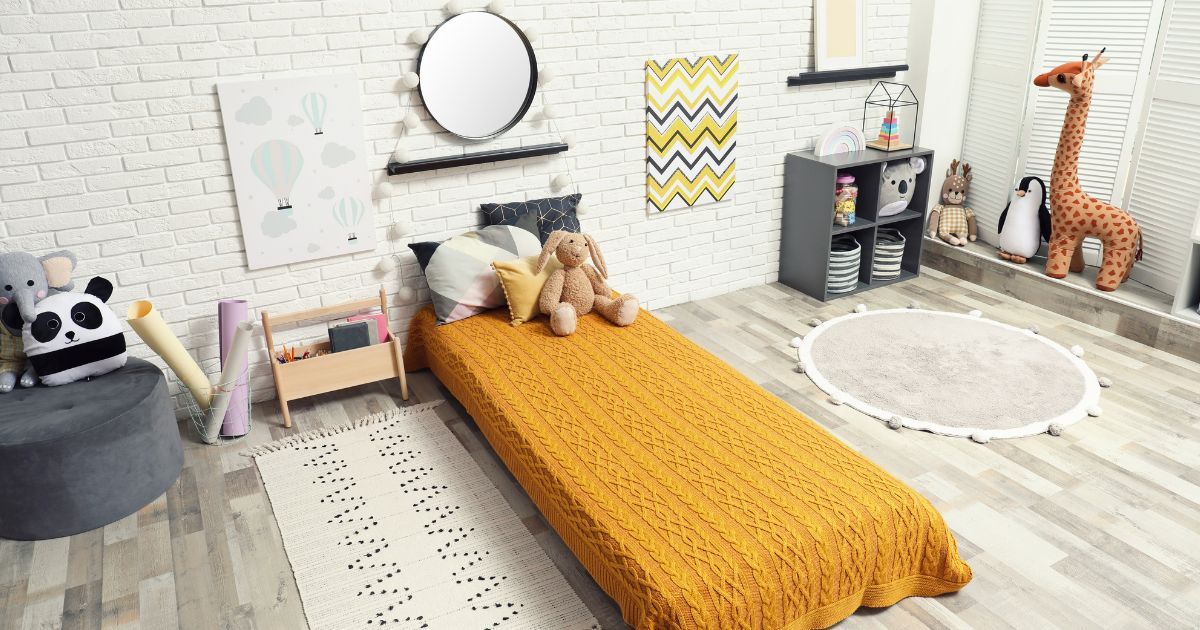
Proper toy rotation storage is a key part of successful toy rotation. Here are some ideas:
- Shelving Units: Open shelves at a child's height make toys easily accessible and inviting. It also promotes independence as your child can choose and return toys themselves.
- Baskets or Bins: These can help keep toys organized and visually appealing. Try using different baskets for different types of toys.
- Rotating Display: Have a special shelf or area where you display the toys currently in rotation. This makes the new set of toys feel like a mini-event!
Remember, the goal is to create an environment that is attractive, orderly, and encourages independent learning.
Frequently Asked Questions
When to start toy rotation?
Toy rotation can begin as early as six months, or whenever your child starts showing signs of losing interest in their toys or getting easily distracted.
It's important to observe your child's play habits and follow their lead, as each child is unique and may respond differently to toy rotation.
How often do you rotate books in Montessori?
In a Montessori environment, books are typically rotated every 1-2 weeks, allowing the child enough time to thoroughly explore each book.
However, not all books are replaced at once; favorites or books that the child is deeply engaged with may be kept, focusing on deepening the child's engagement, interest, and love for reading.
At what age do you stop toy rotation?
Toy rotation is most effective for children from infancy up to around age 5. However, you can continue as long as it benefits your child and maintains their interest in play.
How many toys should a child have at once?
A child should ideally have around 10-20 toys at any given time, including a mix of types such as stuffed animals, building blocks, puzzles, and pretend play items.
Fewer Montessori toys can potentially lead to more focused and prolonged play, enhancing the child's developmental skills.
Is toy rotation necessary?
Toy rotation is not strictly necessary, but it offers several benefits such as reducing toy clutter, fostering creativity, and improving children's focus by not overwhelming them with too many choices at once.
Remember, the goal is to enhance engagement and appreciation for each toy, making playtime more meaningful and enjoyable.
Final Thoughts
And there you have it! A complete guide on how to rotate toys Montessori style.
We've explored the principles behind toy rotation, the benefits it brings, practical steps to get started, and even some storage solutions.
By implementing a toy rotation system, you're not just keeping your child's playtime fresh and exciting, but also fostering their ability to focus, explore, and learn independently.
So give it a try and watch as your child discovers the joy of deep, meaningful play.
Remember, the goal is not perfection but progress. Happy rotating!
Before You Go...
